How to make a short film: filming to editing
Here's a guide on how to make a short film with a modest budget – from pre-production to post-production
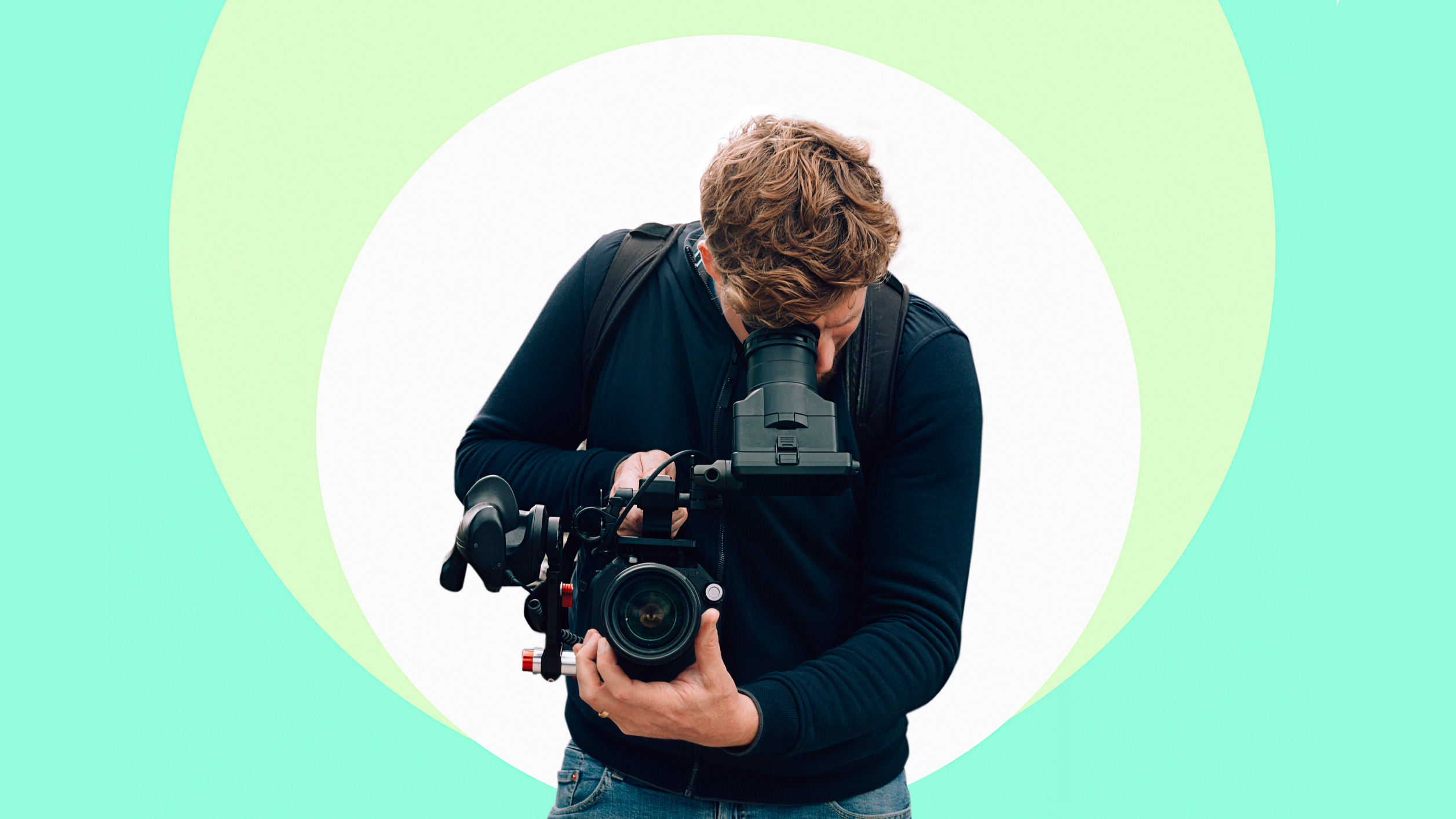
If you're wondering how to make a short film but don't know where to start, read on. We've put together this simple guide to making your own short film using your home as a studio. After all, we don't all have the budget of a Hollywood blockbuster, and sometimes knowing the simple tricks to success can be what you need to get started.
You might need a good camera for video to get started, but there are options for all price points, and getting a decent 4K camera for filmmaking is thankfully no longer budget-busting. Read on, and with the help of film enthusiast Maria Jose Meneses, we'll show you how to plan, shoot and edit your own short film.
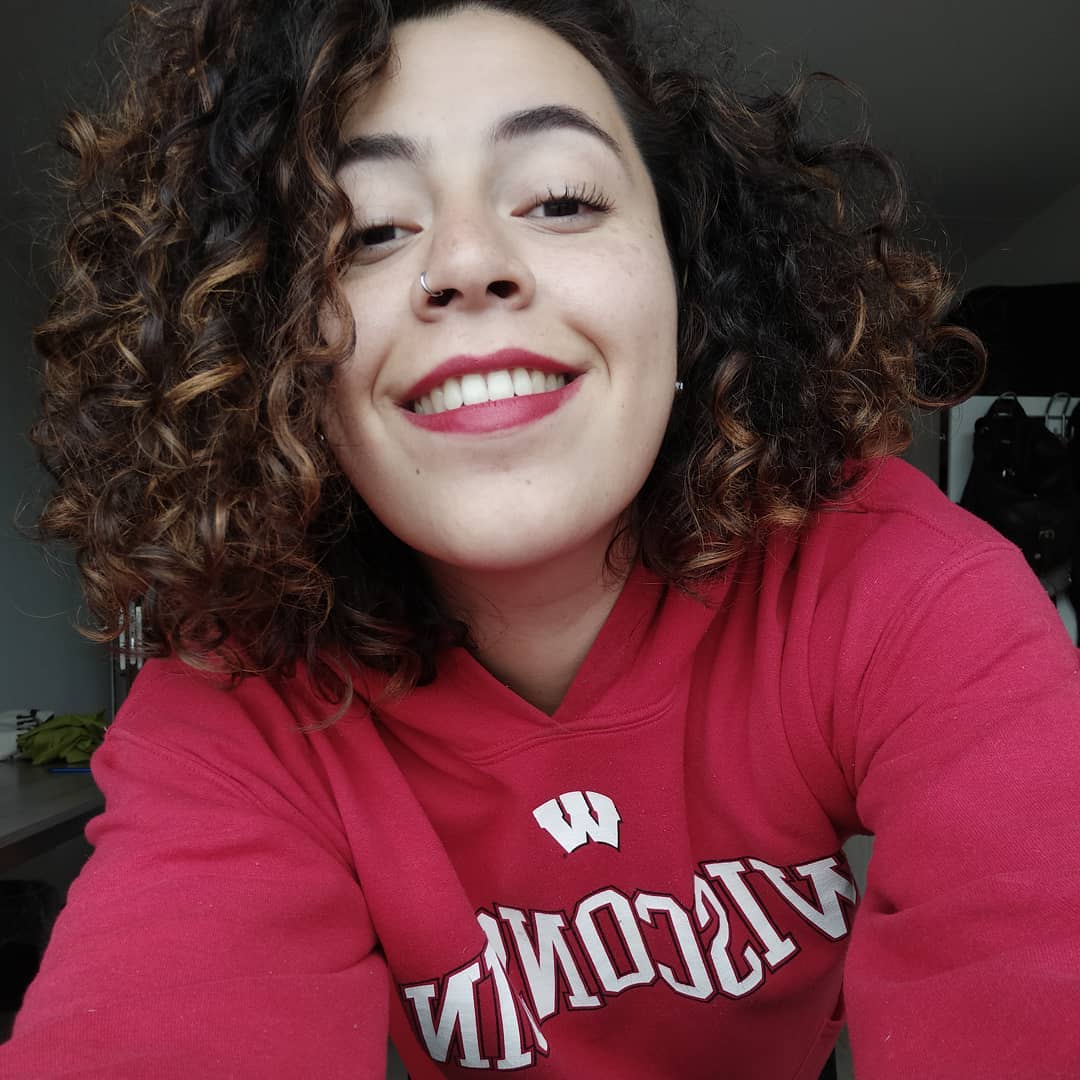
Maria Jose Meneses is a Marketing Specialist and does Content Marketing at Porch. She is writing, movies, traveling, and music, and writing about movies. That's why she's put together this guide on filmmaking! "I decided to write Your Home, Your Studio: Your Own Short Film to give tips to newbies like my younger self about how they can shoot their short film from the comforts of their home"
A short film is any film that doesn’t have enough runtime to be considered a feature. This could be anywhere from 30 seconds to 45 minutes. On average, a short film tends to be 5–15 minutes long.
Otherwise, they are no different than feature films. People generally opt to make short films because they cost a lot less than features, or they want to showcase their skills in film or sell a concept. This was how they created the movie Whiplash. Screenwriter Damien Chazelle wanted to prove his feature film was viable, so he adapted it into a short film with the same premise.
Short films tend to fall into three distinct categories. Firstly, a narrative is a scripted short, whether fictional or based on a true story. A narrative short shows a story rather than presenting facts like a documentary. All of the Pixar short films you can watch are narrative shorts.
A documentary is another short film showcasing facts about a certain subject. These are always nonfiction and aimed to educate about topics you may be unaware of.
Lastly are avant-garde films, which are highly experimental or abstract. These focus more on mood, theme, aesthetic, or tone. You’re most likely to find these films in large film festivals, which can range widely in how an audience experiences them.
Get the Digital Camera World Newsletter
The best camera deals, reviews, product advice, and unmissable photography news, direct to your inbox!
Whatever your desired outcome, let's look at how to make a short film yourself.
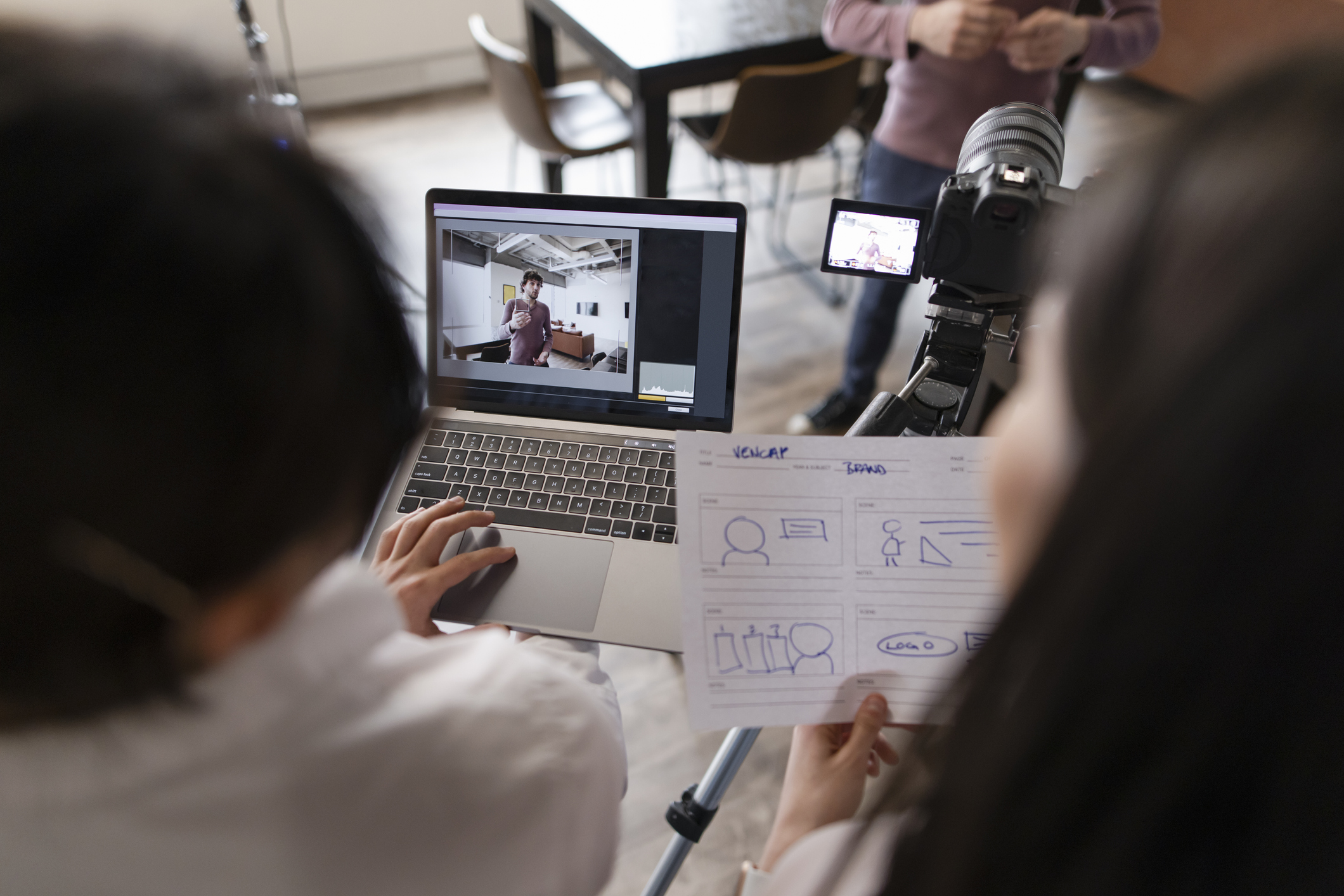
Before you roll cameras: pre-production
The more prepared you can be before shooting a film, the smoother your day will go. The more thorough your pre-production game is, the less you will have to deal with when the cameras roll.
The Script – Writing a script can be daunting, but some basic principles make up a solid short film. You need a protagonist (the main character) whose routine is broken by a problem. You’ll want to know a beginning, and a middle, throw a fun twist in here, and then have an ending. A good rule of thumb is to make your characters struggle to get what they want. If you can’t find a script but have a great idea, consider looking online for a screenwriter to come on board and help you out.
Storyboard – Storyboarding is the act of taking each scene and drawing what you want to see on a piece of paper. This shows the crew, including your cinematographer, what you envisioned. By doing this, you help get everyone on the same page, so you can work together to make your vision come to life. The best part is the drawings don’t even have to be very good. Stick figures are often a part of even the most professional storyboards.

Budget creation – A solid film budget will help ensure your film doesn’t cost far more than you expected. The best budgets will be realistic. You want to save money by utilizing your cast and crew’s time in the most effective way you can. If you have one actor at the start and end of your film, you may want to shoot their scenes side-by-side so that the actor isn’t waiting around for two days.
The same principle goes for locations. It’s best to shoot everything you need in one location before moving on, rather than going back and forth. Set up takes a lot of time, and time is money. The more efficiently you can schedule your shoot, the more you’ll save in the long fun. Don’t forget to save some money for contingencies and on-set insurance.
Recruit your crew – If you’ve ever seen Better Call Saul, he’s a master of the minimalist film crew. He has his cinematographer, and he has his sound recordist. With those two people, he can record images and sounds. When it came time for Saul to grow, he found himself a makeup artist. Saul had a solid basic team, but short films are not easy to make, and some other essential crew members can make a world of difference.
The executive producer will be the financier, an on-set producer will deal with any issues that arise and hopefully handle problems before they’re an emergency. A 1st AD (assistant director) is extremely useful as well. They help move the crew, schedule meals, tell everyone how long they have between takes, and keep the heat off the director so he can direct. A gaffer is in charge of lighting, and a great one can make a big difference. Don’t forget to put someone in order for the food. They will be a true hero when your crew’s morale gets low from a long day.
Casting actors – Actors (actresses also use the term actor) can be found by setting up a casting call. There are acting groups on Facebook, which is a great place to start. In your casting call, you need to explain the concept and some descriptors about the character’s personality and looks.
You’ll need a time and place to watch auditions, or you can ask people to submit. If you have a budget for your cast and crew, note that in the casting call. Many filmmakers like to make their casting calls aesthetically and tonally pleasing to fit the short.
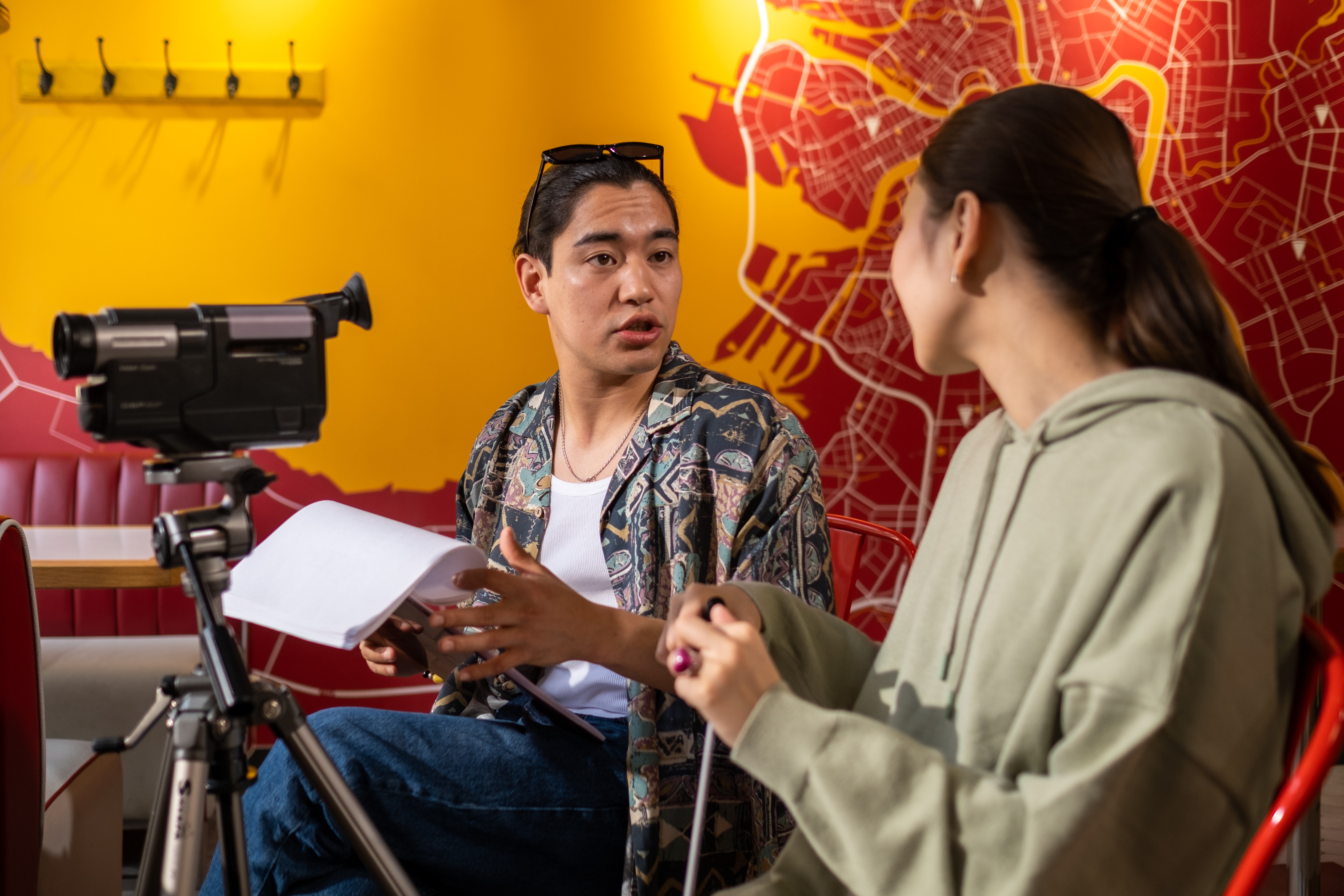
Get the proper equipment – Technology has come an extremely long way in a very short time. You no longer need to spend insane amounts of money to buy huge cameras. You can professionally shoot a lot of shorts on the best DSLRs for video or even camera phones.
Some films shot entirely on the iPhone have been to major festivals, like Cannes Film Festival. If the budget is tight, spend it on the sound before all else. People can forgive poor visuals but can’t ignore the poor sound. Consider renting the equipment rather than buying it.
Location scouting – This is home movie making, so your location scouting should start (and hopefully end) there. How can you re-purpose this side of the room to be something else? You can transform spaces entirely with a great set arrangement (see below). Don’t forget your yard, your garage, and maybe even that attic or basement. Your home is very versatile, though you may need to move some furniture around.
Lighting and sound – We mentioned it before, but it bears repeating. Great sound is critical for the success of your short film. Cameras don’t have great sound recording built-in, but you can get shotgun mics that capture amazing audio for relatively cheap. You’ll need a device to record that sound, too.
Zoom is the most common, but there are wide varieties. These handle the sounds, so the camera can do what it does best. Three lights are generally needed for a shot: the key light that shines on your subject, the filler light that chases away the shadows, and the backlight that separates your subject from the backdrop.
Set arrangement – Also called Set Deck, or Set Dressing, this is one of the more creative aspects that go into a film that is vastly underappreciated. A set dresser will change a space from whatever it is to whatever you want it to be. They do this by reading the script, considering who the characters are, and envisioning what type of home that person lives in. Then they create it. Your living room setup will be far different if you live alone than with a family. Your kid’s toys will be different based on their age. Colors can make a big difference in aesthetics and set dressing as well.
Building something extra – If you need something specific for your set that you can’t find in the home, maybe you need something built. If you’re a DIY lover, this is a great project to take on. If not, you can always consider hiring a handyman to help you out. This gives you time to worry about other aspects that need your attention.
Special effects – For special effects, you’ll want a green screen. This is a large green canvas on which an editor can overlay whatever you want. You can have a handyman build a DIY version of this, but be sure to talk to a VFX editor in advance.
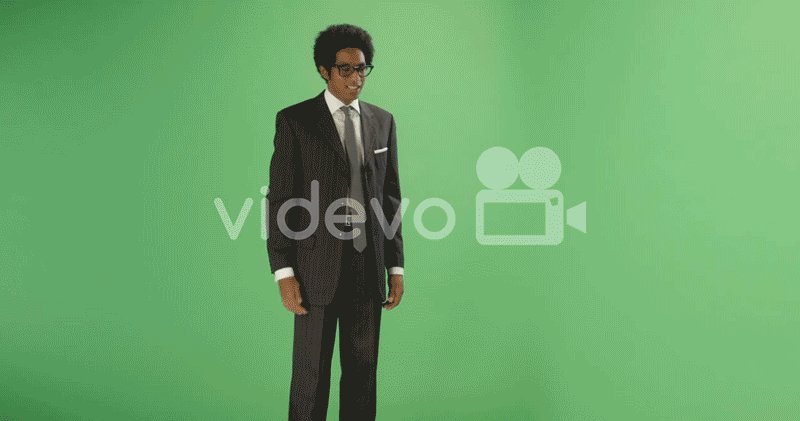

Lauren is a writer, reviewer, and photographer with ten years of experience in the camera industry. She's the former Managing Editor of Digital Camera World, and previously served as Editor of Digital Photographer magazine, Technique editor for PhotoPlus: The Canon Magazine, and Deputy Editor of our sister publication, Digital Camera Magazine. An experienced journalist and freelance photographer, Lauren also has bylines at Tech Radar, Space.com, Canon Europe, PCGamesN, T3, Stuff, and British Airways' in-flight magazine. When she's not testing gear for DCW, she's probably in the kitchen testing yet another new curry recipe or walking in the Cotswolds with her Flat-coated Retriever.
